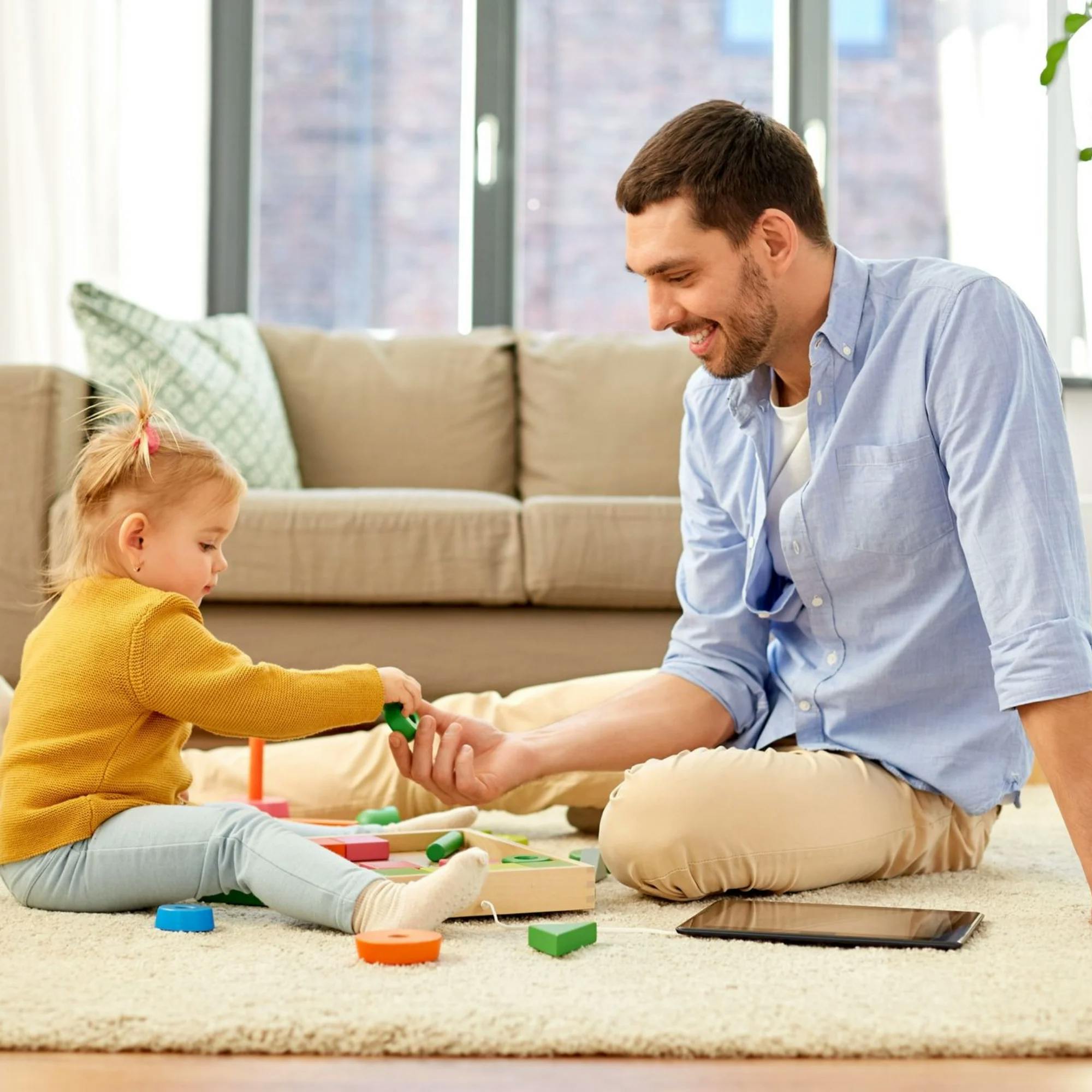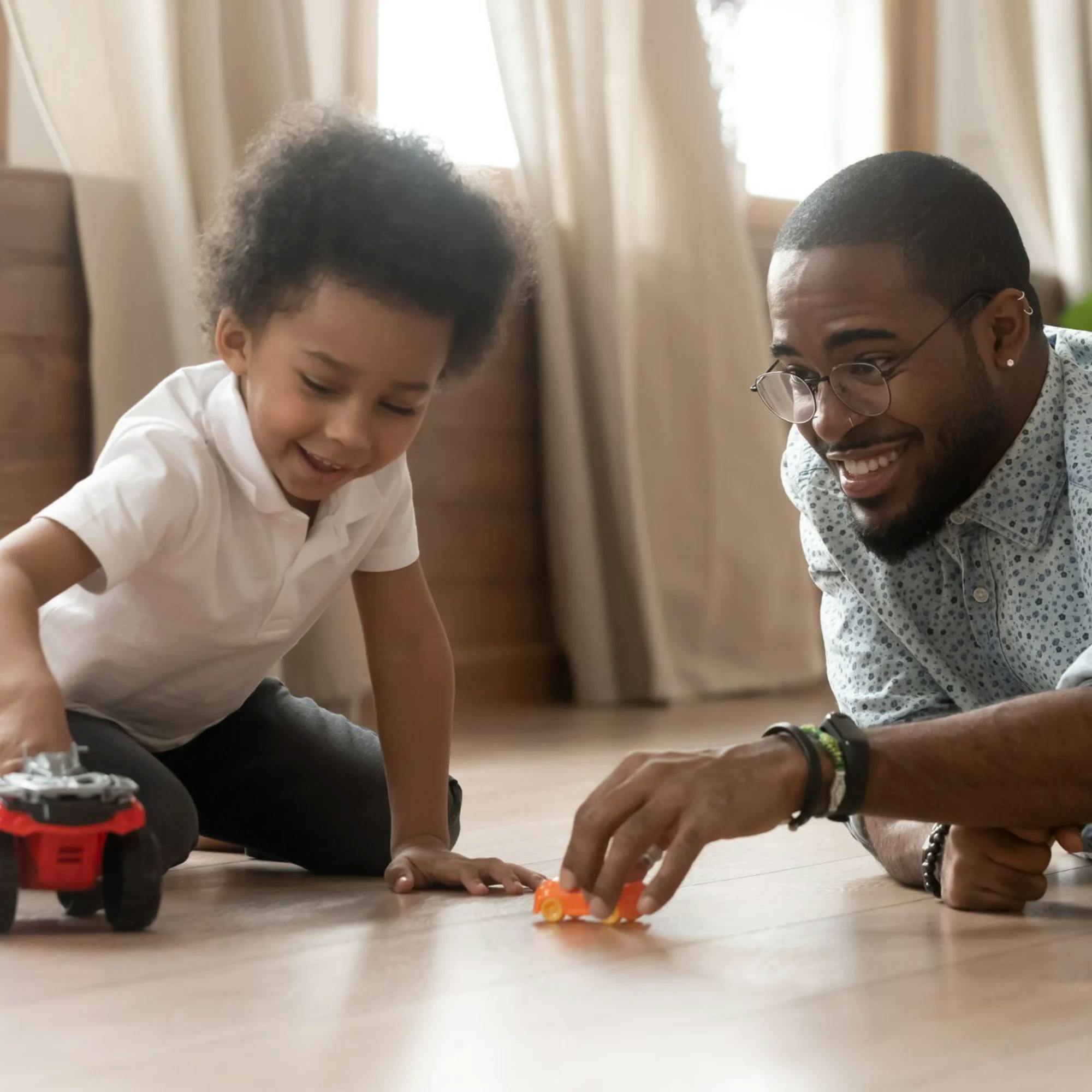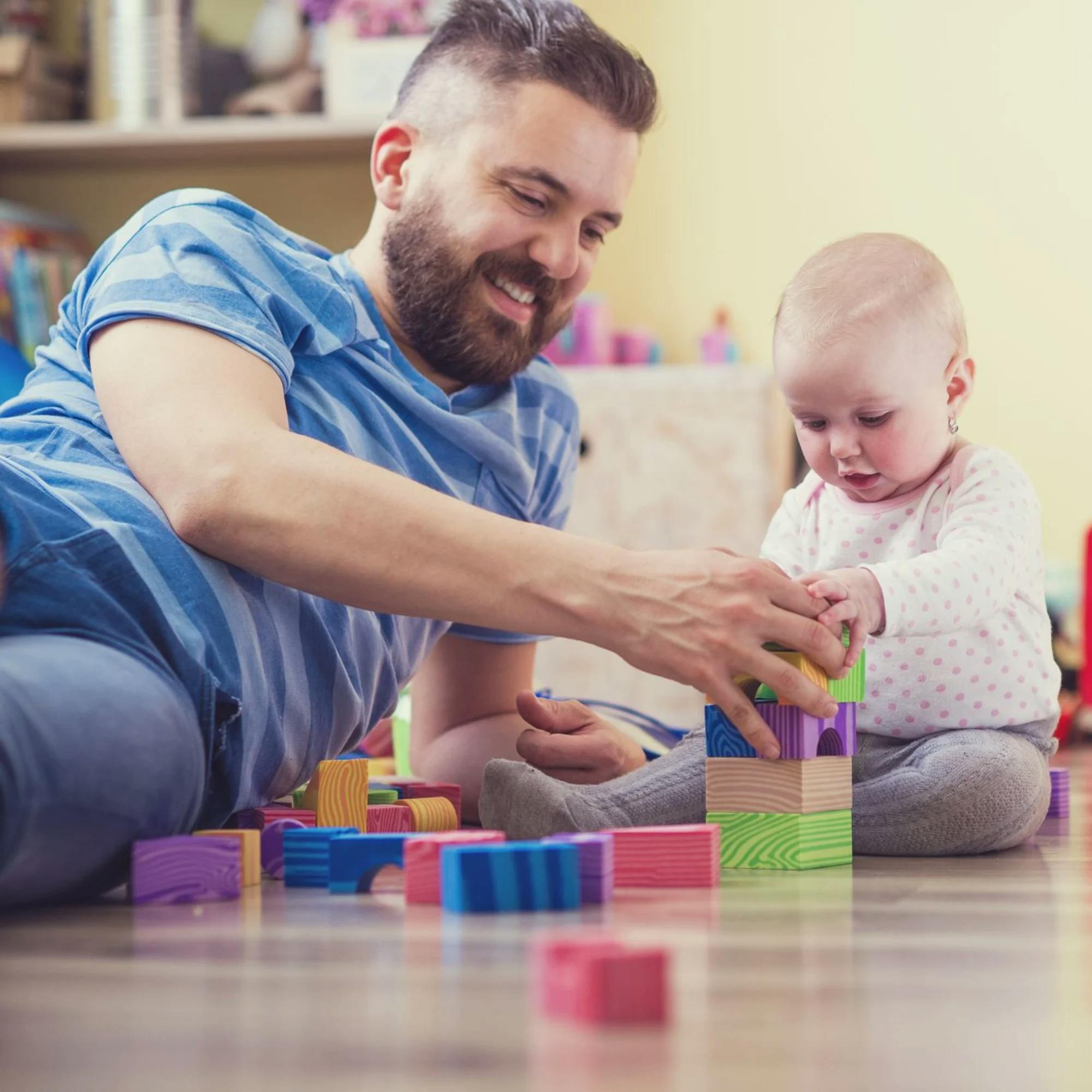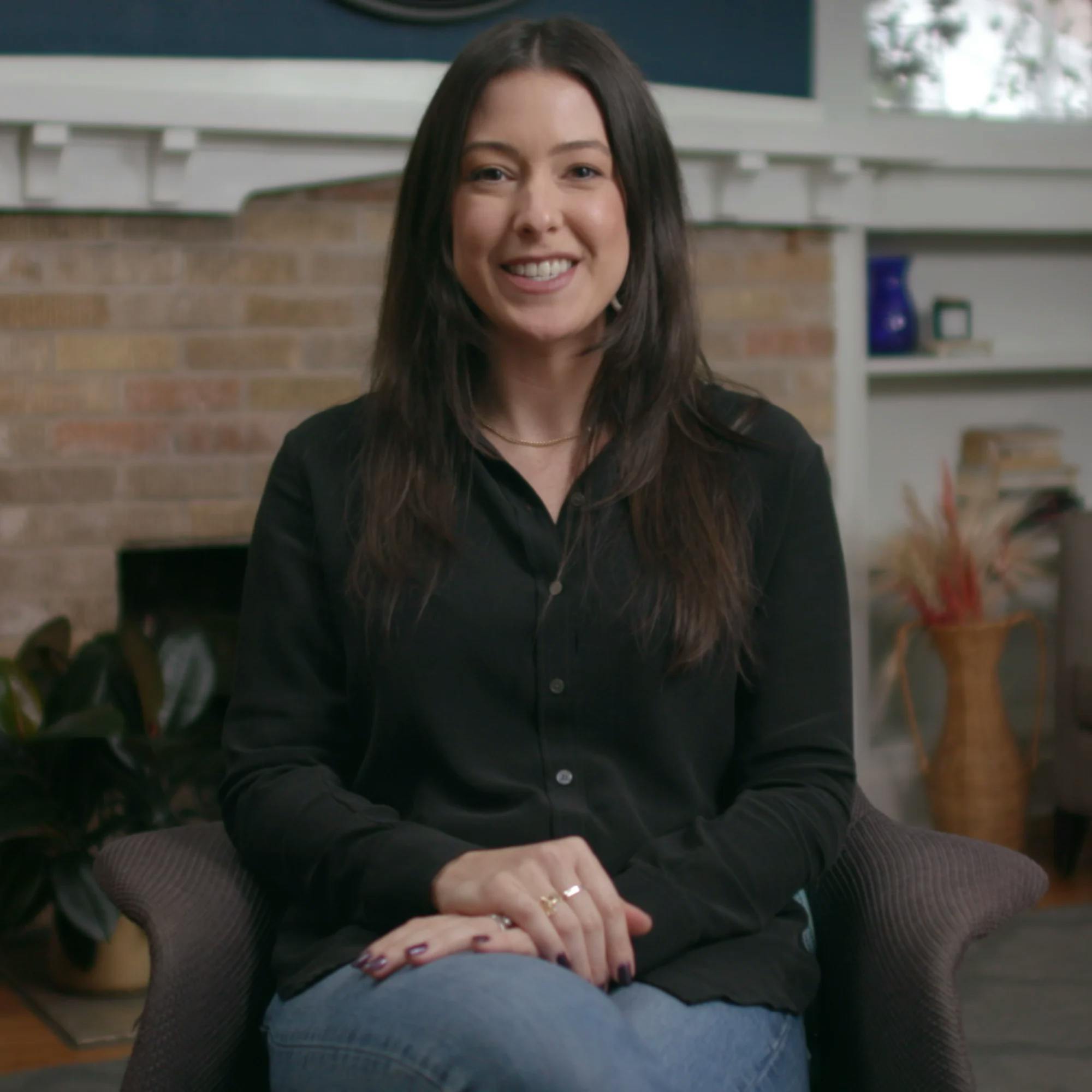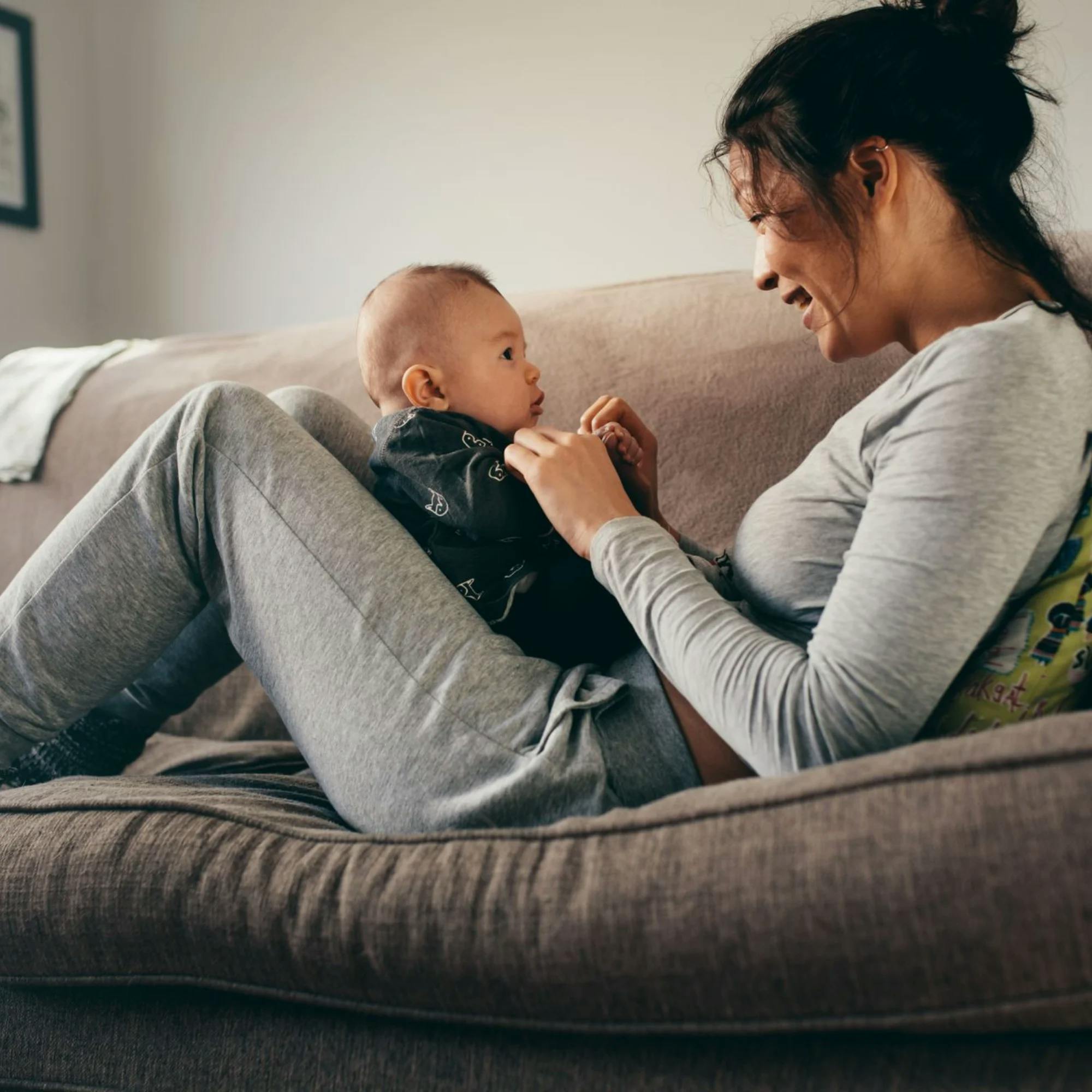
Using Joint Attention to Teach Your Child Communication
 Leanne Sherred, M.S., CCC-SLP
Leanne Sherred, M.S., CCC-SLP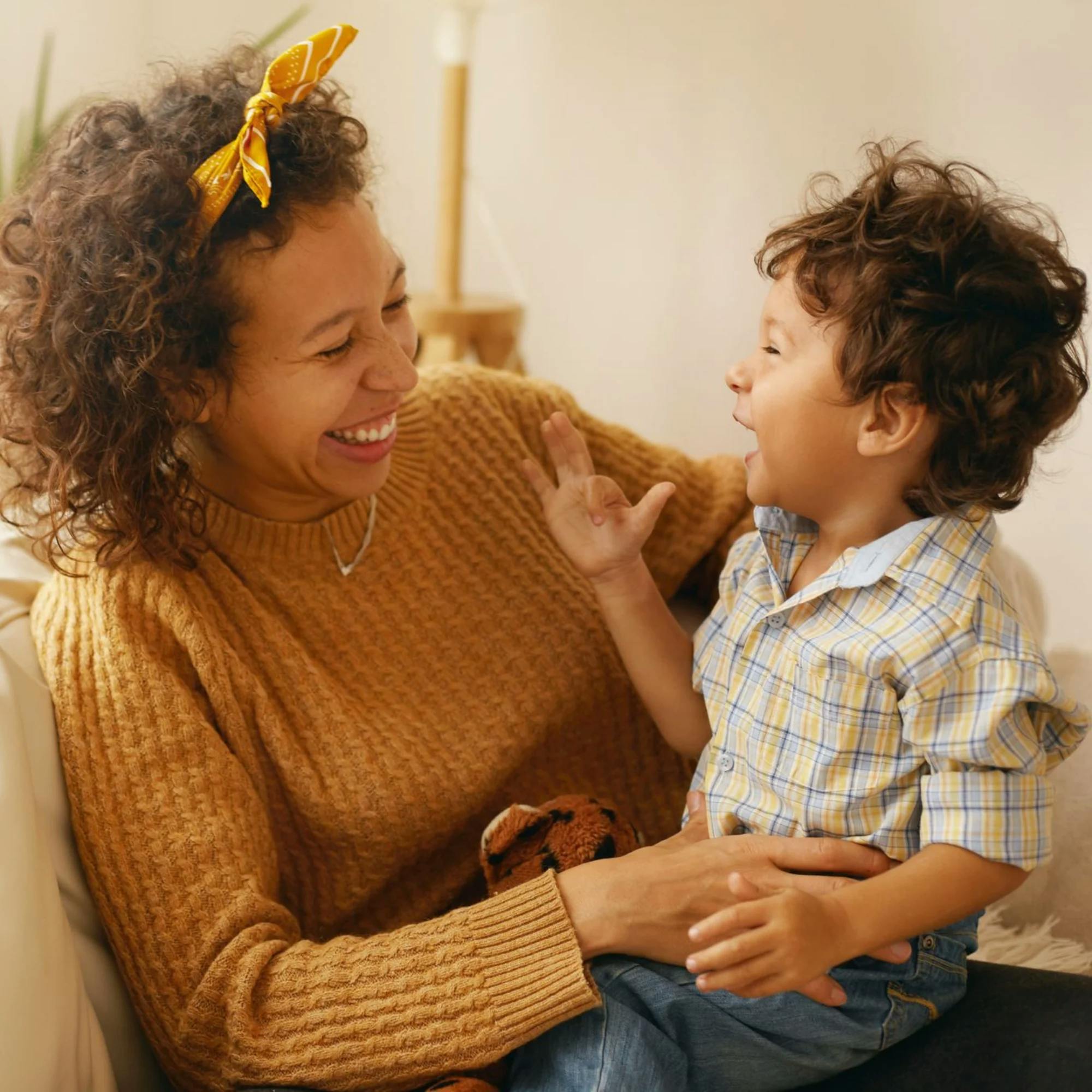
Today, I’m discussing a crucial step in language development that children need to establish in order to pick up words from others in their environment. This is called joint attention, and it happens when two people are interested in the same object and they both know the other is interested, too.
What is joint attention?
In the simplest terms, joint attention (sometimes referred to as shared attention) is when two people pay attention to the same thing at the same time. Joint attention between the communication partners is gained through gestures, vocalizations, and words.
It's important to note that skills like joint attention and turn-taking are built during play with other people. Purposeful engagement during play can't exist without joint attention. The same is true for purposeful communication.

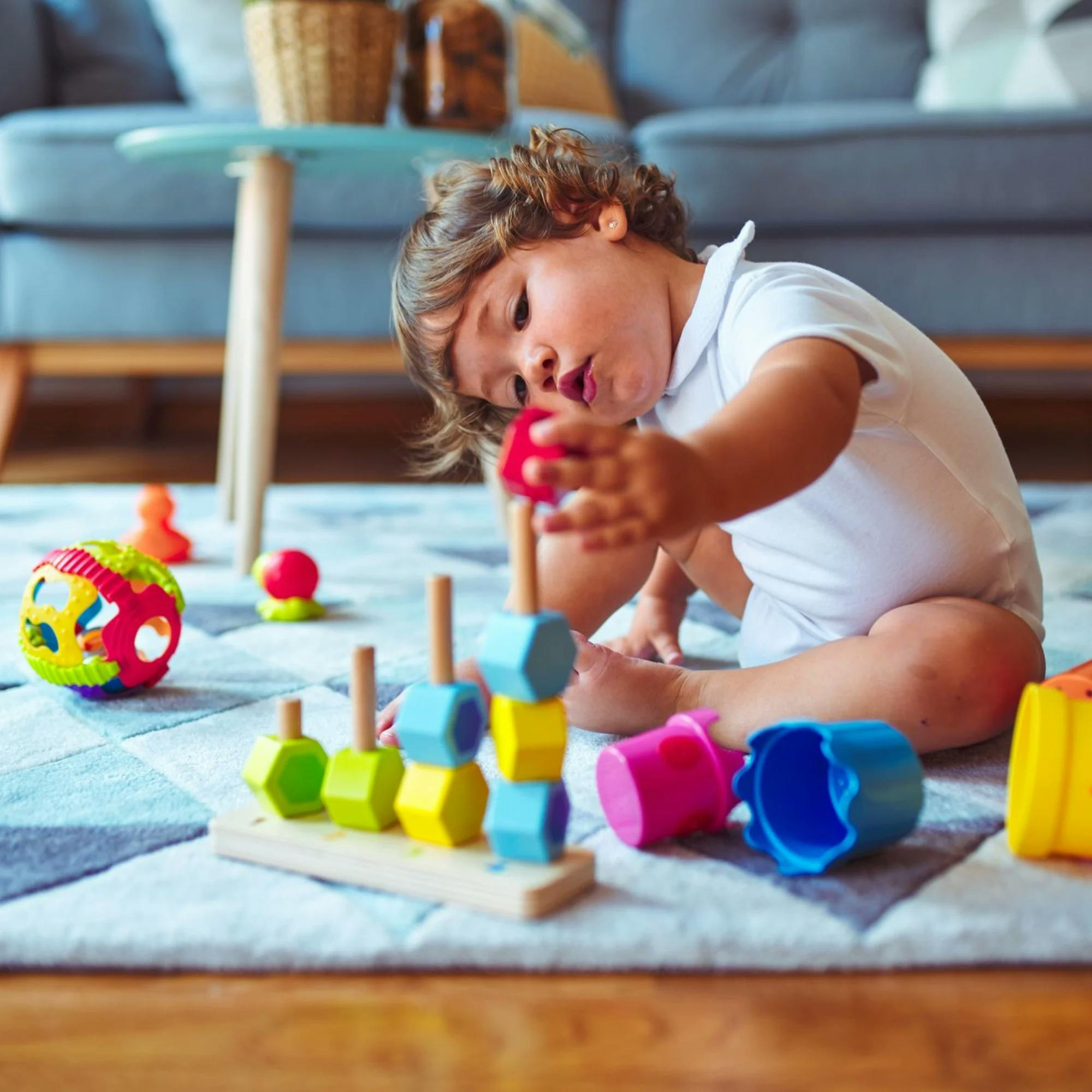
How do children learn joint attention?
Joint attention typically emerges around 9 months, and is well-established by 18 months. Most children learn to establish joint attention naturally by watching others around them and through their own interactions. For some populations, it might not be so easy. For autistic children, establishing joint attention can be tricky because social communication is impaired. Specifically, using joint attention to form a social reference might be lacking, but we can help support them with some strategies.
Research has shown that young children learn best from people that are the most important to them: their parents and caregivers! The next thing we know is that young children learn better in a natural environment, like their home, whereas older children learn better with more structure.

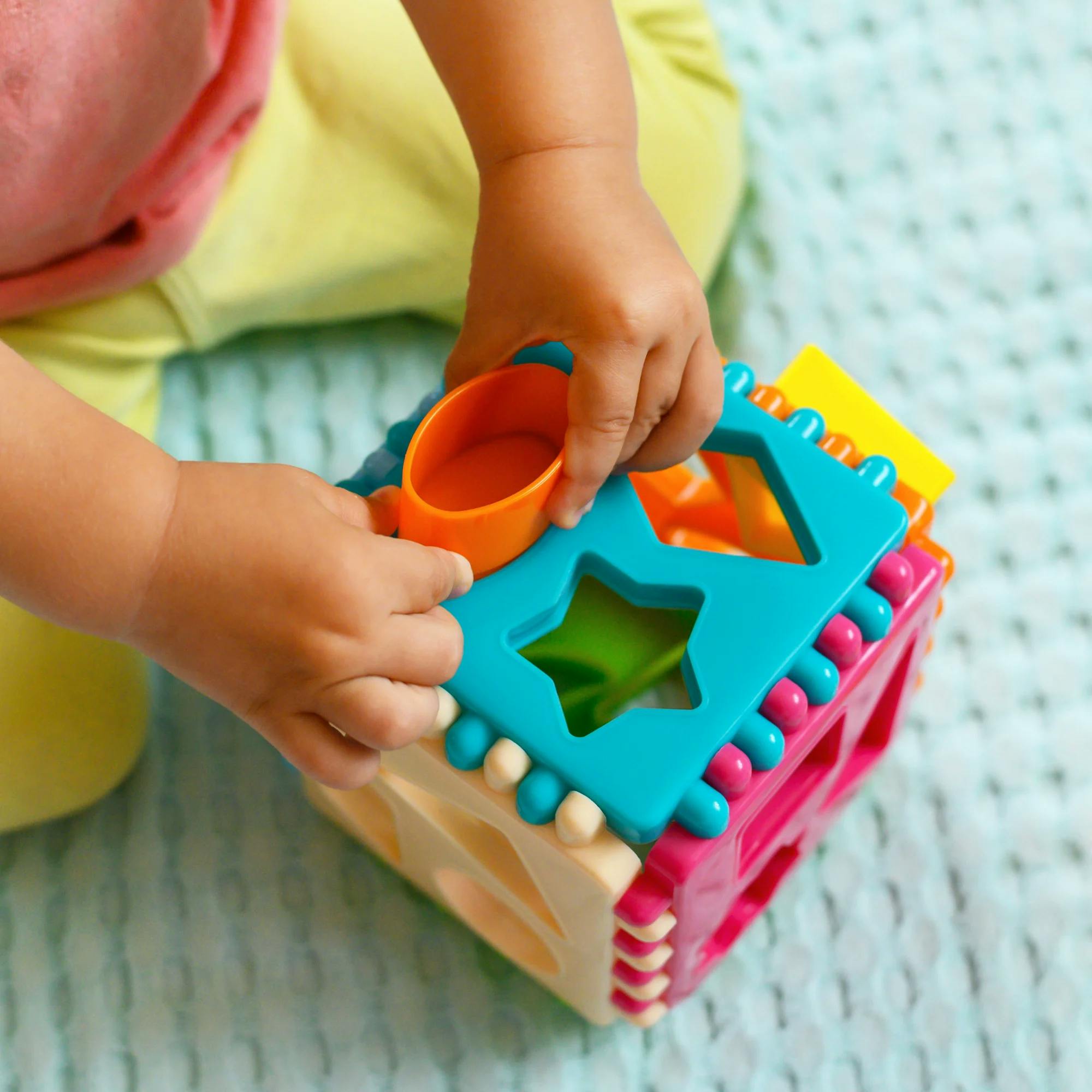
Using eye contact to practice joint attention
While playing or engaging with your child, we want to find ways to encourage them to look at us in order to establish joint attention. They look at our eyes, watch us look toward an object, and then they follow our eye gaze toward that object.
One thing to try is holding up objects that they’re interested in near your face. It might sound silly, but we want to try to get them to shift their attention to us more than the object itself. So be expressive! You can make a noise or say their name to gain their attention. Once they look, slowly move the object away from your face, provide the label for the object (example: "ball"), then bring it back toward your face.
Using pointing to practice joint attention
Similar to eye contact, we can use pointing. Point to the object you want your child to pay attention to. You can even place your hand over your child’s to help them physically point to the object.

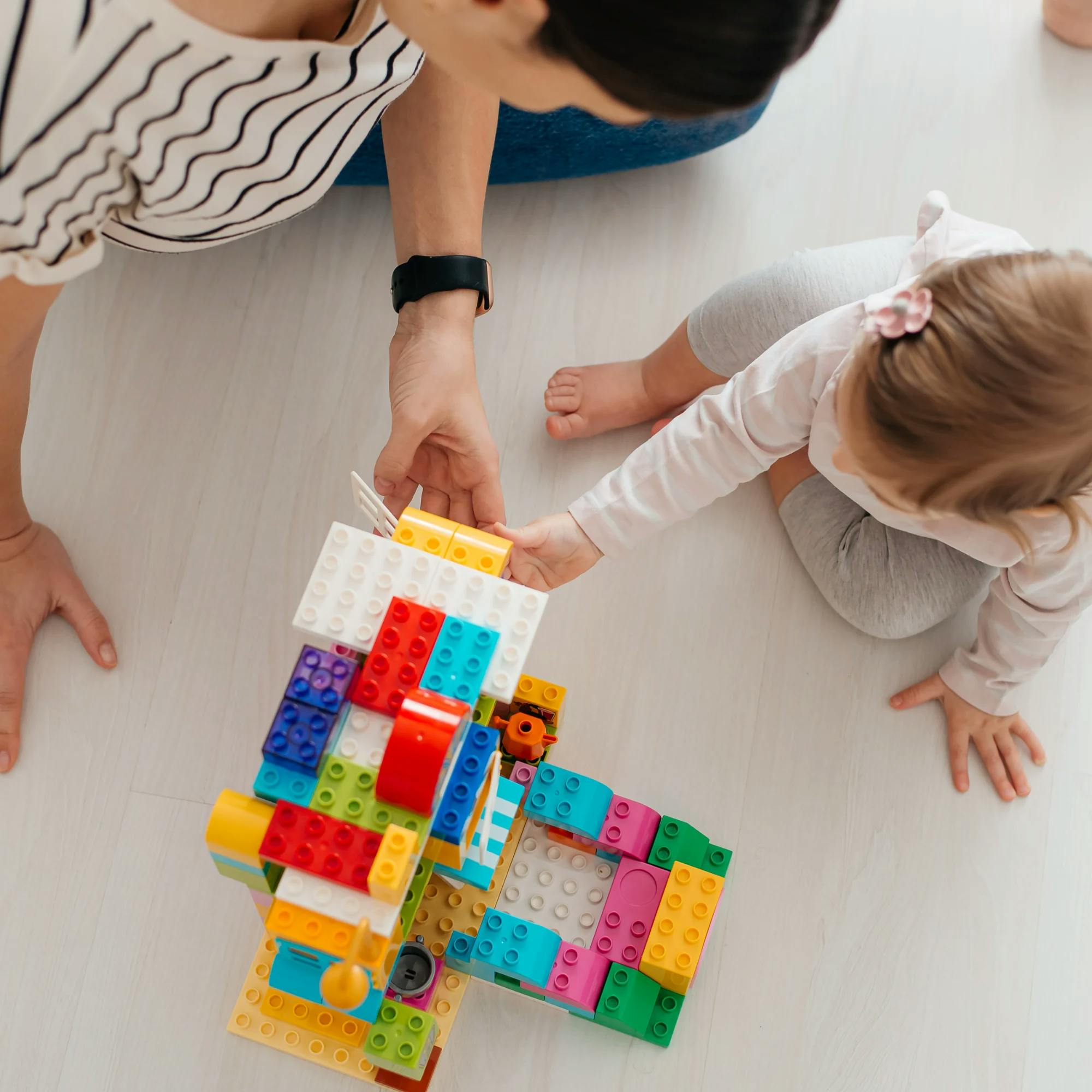
Focus on your child’s interests
Another strategy is to engage in what your child is interested in or excited about. Sometimes, it might feel challenging to get a child to engage with something that you want them to. But we might have more success if we meet them where they are. For example, if your child is super interested in the wheels on their airplane toy, bring your face near the airplane, or take a turn flying it before handing the airplane back. Model airplane sounds or other language “The airplane is flying!”
Joint attention is important for all kids, and these tips can help you practice this skill during playtime or any other daily activity.
How Expressable Can Help
Concerned your child isn't reaching age-expected milestones? Looking for communication support from a professional? Expressable is a national online speech therapy practice serving children and adults. We treat all major areas of communication and feeding, offer flexible hours including evenings and weekends, and accept most major health insurance plans. We’re proud to have earned more than 3,000 5-star reviews from our clients (4.9/5 average).
Our therapy model is centered on parent and caregiver involvement. Research proves that empowering caregivers to participate in their loved one’s therapy leads to better outcomes. That’s why we combine live, 1-on-1 speech therapy with personalized education and home practice activities for faster progress.
Communication is more than words. It’s how we share how we feel and show who we are. We’re here to help you or your child do just that.
